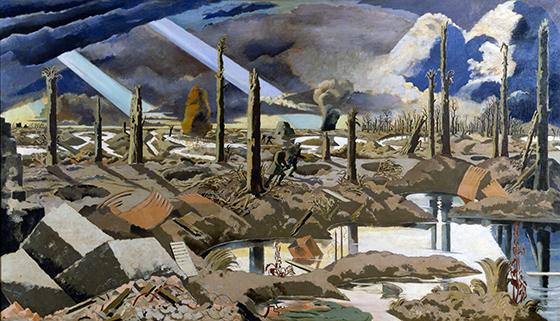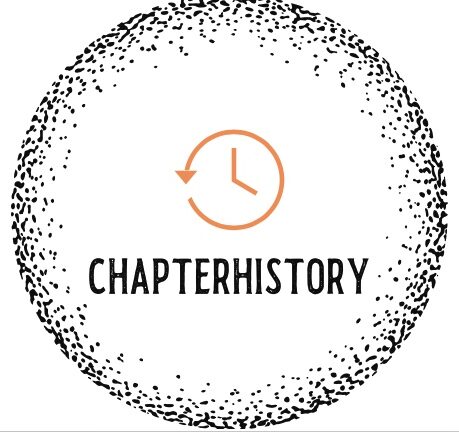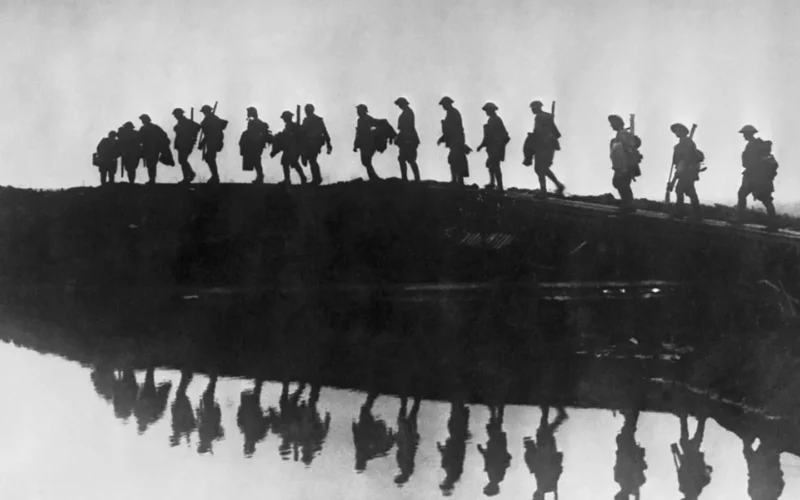Art and Literature are two important forms of human expression that have been present throughout history.
Art refers to the creation of visual, auditory, or performative works that express emotions, ideas, or experiences. It can take many forms, including painting, sculpture, photography, dance, music, and architecture. Art has the power to evoke emotions, convey messages, and tell stories.
Literature, on the other hand, is a form of written or spoken artistic expression that uses language as a medium. It encompasses a wide range of genres, including poetry, fiction, drama, and non-fiction. Literature can be used to entertain, inform, or inspire its audience. It often reflects the cultural, social, and political issues of the time in which it was created.
Together, art and literature have played a significant role in shaping human culture and history. They continue to be valued and studied for their ability to entertain, educate, and inspire audiences of all ages.
World War 1 : An Overview
World War I was a global conflict that lasted from 1914 to 1918. It was one of the largest and deadliest wars in modern history, with over 70 million military personnel, including 60 million Europeans, mobilized in one of the largest wars in history.
The conflict began on July 28, 1914, after the assassination of Archduke Franz Ferdinand of Austria-Hungary. This event led to a series of diplomatic and military events that quickly escalated into a full-scale war. The main combatants were the Allies (led by France, Russia, and the United Kingdom) and the Central Powers (led by Germany, Austria-Hungary, and the Ottoman Empire).
The war was fought in several theaters, including Europe, Africa, and Asia. The trench warfare of the Western Front became the most iconic image of the conflict, as both sides struggled to make gains in a battle of attrition. New weapons and technologies, such as machine guns, poison gas, and tanks, were introduced and used on a massive scale for the first time in history.
The war had far-reaching effects, leading to the fall of several empires and the formation of new nations. The League of Nations was established in an attempt to prevent another war from occurring, but it ultimately failed in this goal. The Treaty of Versailles was signed on June 28, 1919, officially ending the war and imposing harsh penalties on Germany. The treaty is widely seen as contributing to the rise of Nazi Germany and the outbreak of World War II just two decades later.
The human cost of World War I was enormous, with an estimated 9 million soldiers and 7 million civilians killed. The war also caused significant physical and emotional damage to the surviving soldiers and civilians, and led to widespread economic and political instability in Europe and beyond. World War I continues to shape world history and remains a significant event in the study of modern European and international history.
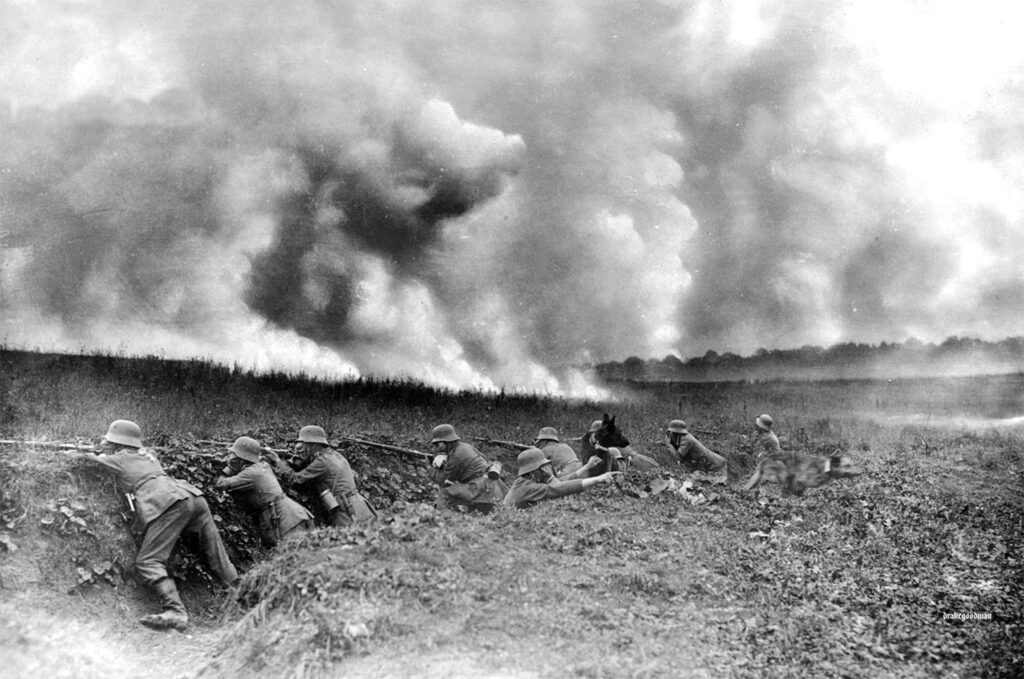
Art and Literature
Art and literature played a significant role in shaping the cultural and emotional response to World War I. The war had a profound impact on artists and writers, who used their work to reflect the experiences of soldiers and civilians, as well as to express their own thoughts and feelings about the conflict.
Literature during World War I was characterized by a sense of disillusionment and a rejection of traditional forms. Many writers, including Siegfried Sassoon, Wilfred Owen, and Robert Graves, produced war poetry that was critical of the conflict and described the brutal realities of trench warfare. These poets challenged popular notions of heroism and nationalism and called into question the purpose and meaning of the war.
In addition to war poetry, other forms of literature, such as novels and plays, also reflected the war’s impact on society. Ford Madox Ford’s “Parade’s End” is a famous example of a novel that explores the psychological and emotional effects of the war on soldiers and civilians.
Art during World War I was also heavily influenced by the conflict. Many artists, such as Paul Nash and C.R.W. Nevinson, created powerful and often shocking images that depicted the horrors of trench warfare and the human cost of the conflict. Their works challenged popular perceptions of the war and helped to shape public opinion about the conflict.
In addition to the visual arts, music and performance also played a role in reflecting the war. Composers, such as Benjamin Britten, created works that were inspired by the conflict, while popular songs and plays helped to convey the feelings of soldiers and civilians.
Overall, art and literature during World War I helped to shape the cultural and emotional response to the conflict. They provided a powerful means of reflecting on the war’s impact and helped to shape public opinion about the conflict. These works continue to be studied and valued for their ability to give voice to the experiences of soldiers and civilians and to reflect the complex and often conflicting emotions of the time.
Role of Art and Literature
During World War I, art and literature played a crucial role in shaping the cultural and emotional response to the conflict. They provided a means for people to reflect on the war’s impact and to express their own thoughts and feelings about the conflict.
Literature, in particular, was used to challenge popular perceptions of the war and to question the purpose and meaning of the conflict. War poets, such as Siegfried Sassoon, Wilfred Owen, and Robert Graves, used their works to depict the brutal realities of trench warfare and to critique the notion of heroism and nationalism. This literature helped to shape public opinion about the conflict and to raise awareness of the human cost of the war.
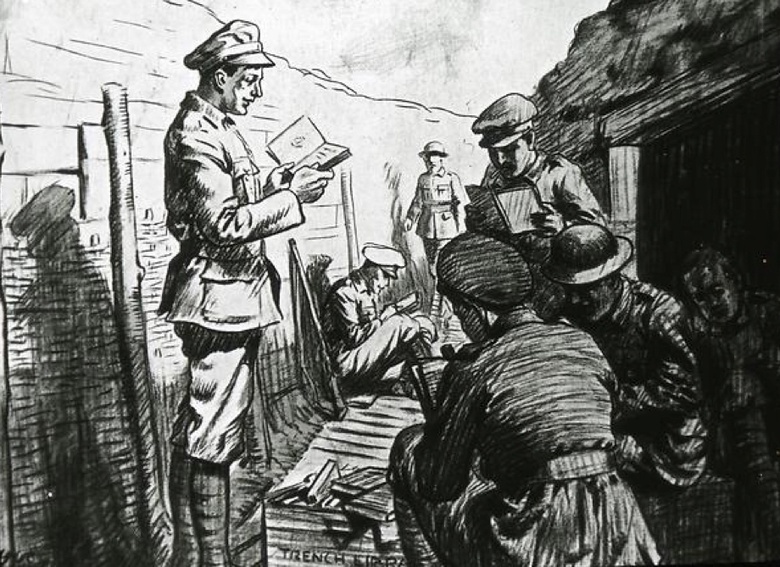
Art also played a significant role in reflecting the impact of the war. Artists such as Paul Nash and C.R.W. Nevinson created powerful and often shocking images that depicted the horrors of trench warfare and the human cost of the conflict. These works challenged popular perceptions of the war and helped to shape public opinion about the conflict.
Music and performance were also used to reflect the war’s impact. Composers, such as Benjamin Britten, created works that were inspired by the conflict, while popular songs and plays helped to convey the feelings of soldiers and civilians.
In conclusion, art and literature played an important role in shaping the cultural and emotional response to World War I. They provided a means for people to reflect on the war’s impact, to question its purpose and meaning, and to express their own thoughts and feelings about the conflict. These works continue to be studied and valued for their ability to give voice to the experiences of soldiers and civilians and to reflect the complex and often conflicting emotions of the time.
Famous Artists and Writers during World War 1
During World War I, a number of artists, writers, and composers produced works of art and literature that reflected the impact of the conflict on society. Here is more information on some of the most famous:
- Paul Nash (1889-1946): Paul Nash was a British landscape painter and war artist. During World War I, he served as an official war artist and produced a number of powerful images that depicted the horrors of trench warfare. Nash’s works, such as “The Menin Road” and “We are Making a New World,” helped to shape public opinion about the conflict and to raise awareness of the human cost of the war.
- Siegfried Sassoon (1886-1967): Siegfried Sassoon was a British poet and soldier who served in the British army during World War I. He is best known for his war poetry, which was critical of the conflict and described the brutal realities of trench warfare. Sassoon’s works, such as “The Hero” and “The General,” challenged popular notions of heroism and nationalism and helped to shape public opinion about the war.
- Wilfred Owen (1893-1918): Wilfred Owen was a British poet who served as a soldier during World War I. He is best known for his war poetry, which depicted the brutal realities of trench warfare and was critical of the conflict. Owen’s works, such as “Dulce et Decorum Est” and “Anthem for Doomed Youth,” helped to shape public opinion about the war and to raise awareness of the human cost of the conflict.
- Ford Madox Ford (1873-1939): Ford Madox Ford was a British novelist and poet who served in the British army during World War I. He is best known for his novel “Parade’s End,” which explores the psychological and emotional effects of the war on soldiers and civilians. The novel is considered one of the finest works of modernist literature and is recognized for its portrayal of the war’s impact on society.
- Benjamin Britten (1913-1976): Benjamin Britten was a British composer who is best known for his works in the classical music genre. During World War II, he composed a number of works that were inspired by the conflict, including the opera “Peter Grimes” and the War Requiem. Britten’s works helped to reflect the impact of the war on society and to convey the feelings of soldiers and civilians.
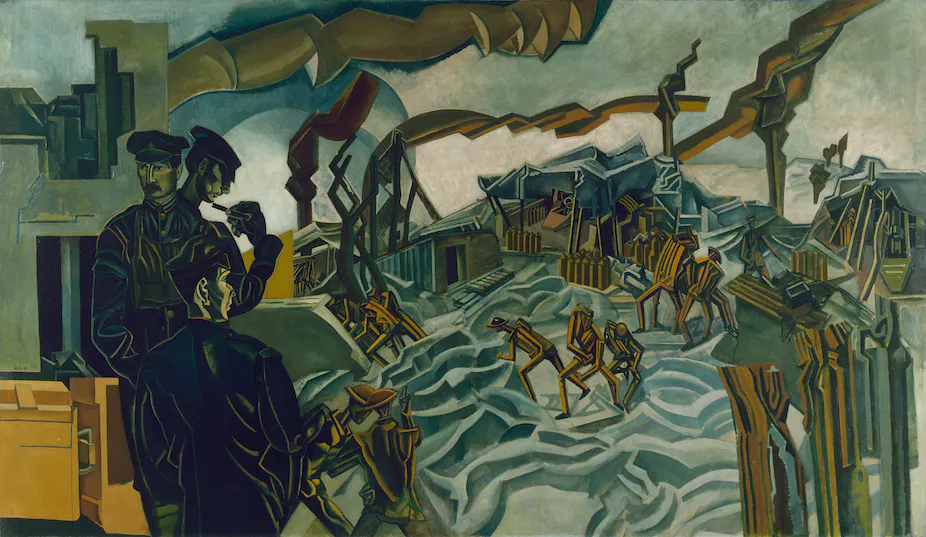
These artists, writers, and composers are just a few examples of the many individuals who used their works to reflect the impact of World War I on society. Their works of art and literature continue to be studied and valued for their ability to give voice to the experiences of soldiers and civilians and to reflect the complex and often conflicting emotions of the time.
Conclusion
In conclusion, the role of art and literature during World War I was significant and far-reaching. Artists, writers, and composers used their works to depict the brutal realities of trench warfare, to question the purpose and meaning of the conflict, and to reflect the emotional and psychological toll of the war on soldiers and civilians. Their works helped to shape public opinion about the conflict and to raise awareness of the human cost of the war.
From powerful paintings that depicted the horrors of trench warfare to poignant poems that challenged popular notions of heroism and nationalism, these works continue to be studied and valued for their ability to give voice to the experiences of those who lived through the conflict.
The works of artists such as Paul Nash, Siegfried Sassoon, Wilfred Owen, Ford Madox Ford, and Benjamin Britten continue to be recognized as some of the most important and influential works of the 20th century. These artists and writers used their works to reflect the complex and often conflicting emotions of the time, to challenge popular assumptions about the war, and to explore the impact of the conflict on soldiers and civilians. They continue to inspire new generations of artists and writers who seek to engage with the legacy of World War I and to reflect the complexities of war and its impact on society.
In short, the role of art and literature during World War I was to provide a powerful means of expression and reflection for those who lived through the conflict and to ensure that the experiences of soldiers and civilians were not forgotten. Through their works, these artists and writers helped to shape public opinion about the war, to raise awareness of the human cost of the conflict, and to leave a lasting legacy that continues to influence and inspire new generations.
